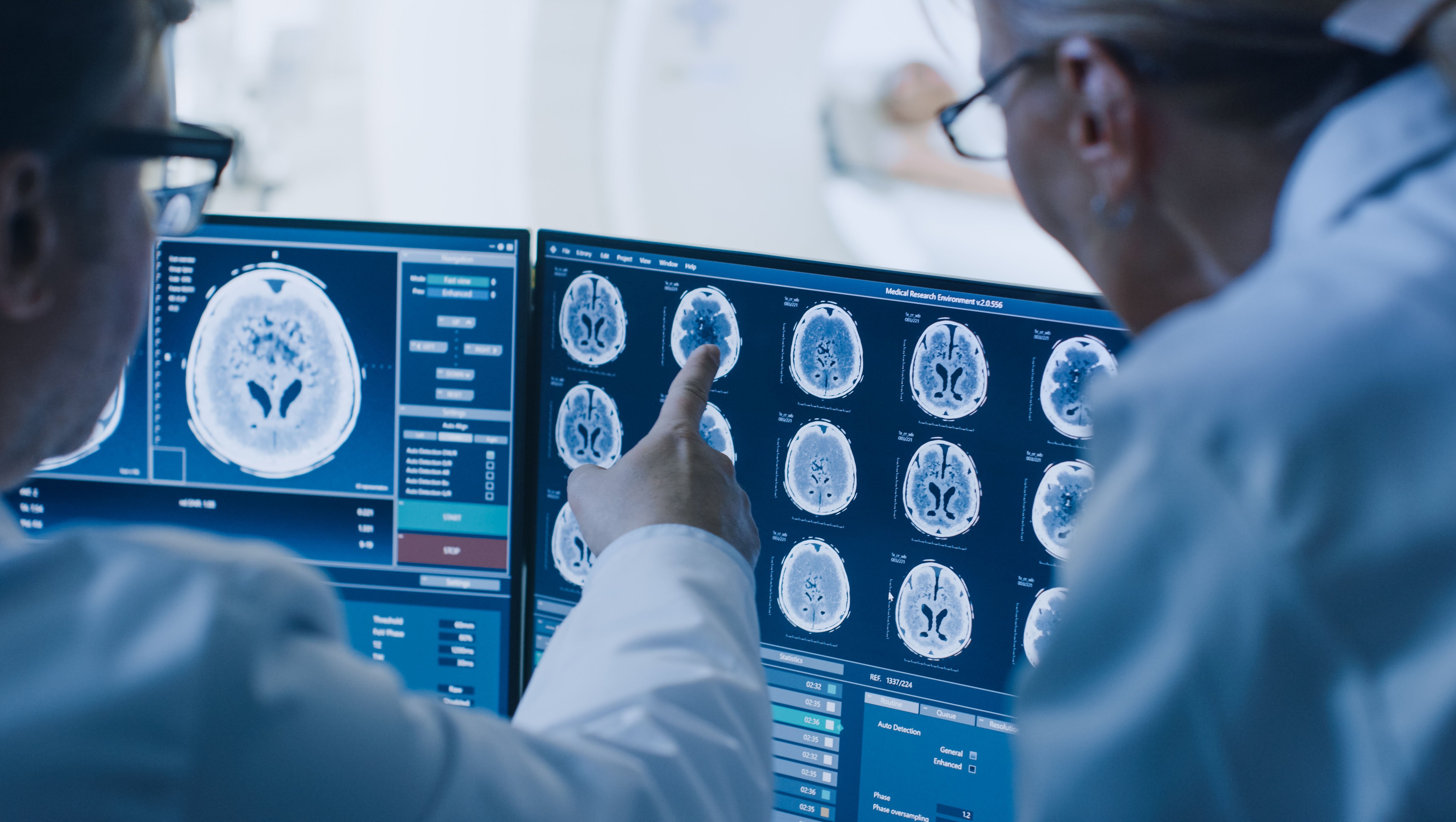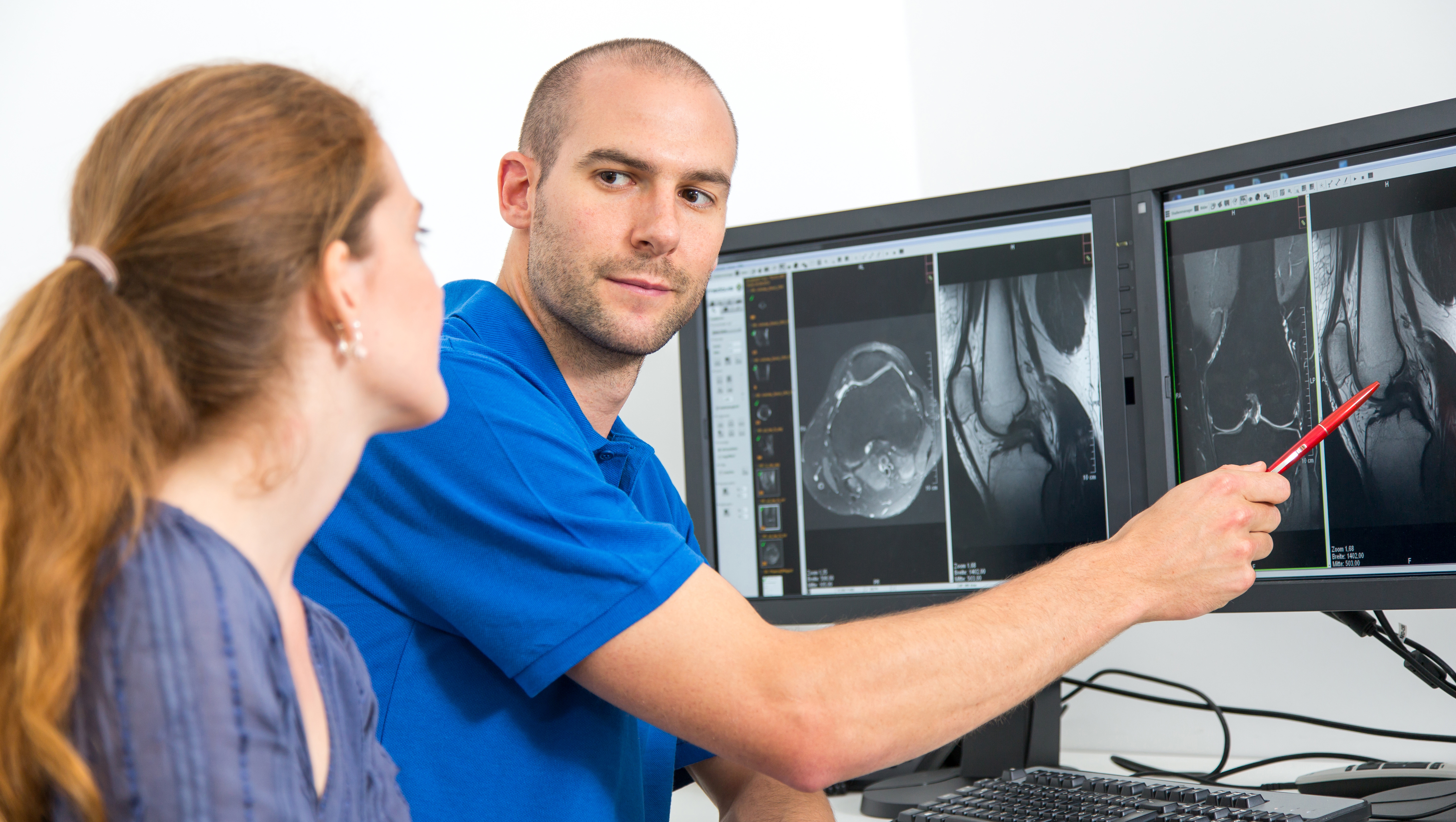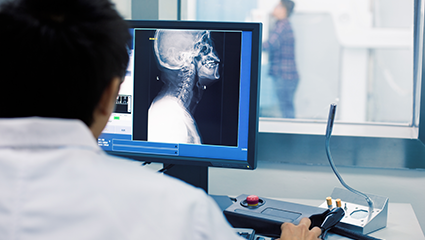Click here to read our 2025 code changes update article.
The annual update to the Current Procedural Terminology[1] (CPT)® for 2024 has 230 new codes, 70 revised codes, and 49 deleted codes. In addition, there are 395 new diagnosis codes contained in the ICD-10-CM[2] update, about one-third of them describing new ways to capture accidents and injuries. Although relatively few of these changes will impact radiology practices, it’s essential to know what they are and adjust your practice systems accordingly.
Categories:
radiology coding,
icd-10,
interventional radiology,
IR coding,
CPT codes,
diagnostic radiology
Although we refer to the annual updates to the ICD-10-CM[1] coding system as being for the coming year of 2023, they are effective and available for use on October 1, 2022.
Categories:
radiology coding,
icd-10,
radiology
The annual changes to the ICD-10-CM[i] coding system come in two forms. The Coding and Reporting Guidelines describe how the codes are to be used, and then there is the list of available codes themselves. 159 new codes became effective on October 1, 2021, and many codes have been revised or deleted. Not surprisingly there are a few revisions to the reporting of COVID-19 infections and related conditions.
Categories:
radiology documentation,
radiology coding,
icd-10,
CPT codes,
radiology
There are 490 new ICD-10-CM[i] codes that became effective on October 1, 2020, all of which are replacing existing codes. An additional 47 codes have been revised and 58 were deleted. Two new codes, U07.1 for COVID-19 and U07.0 for vaping-related disorders, took effect on April 1, 2020. They are contained in a new section of the guidelines, Chapter 22 “Codes for Special Purposes (U00 – U85)”.
Categories:
radiology reimbursement,
icd-10,
radiology
The 2020 annual update to the ICD-10-CM[i] system used in medical insurance claim billing became effective on October 1, 2019. Twenty-one (21) codes were deleted, thirty (30) codes were revised and 273 new codes were added. The good news for radiologists is that relatively few of these changes will affect your work.
Categories:
radiology coding,
icd-10
The grace period during which Medicare would not impose penalties for less-than-specific coding under ICD-10-CM* is expiring on October 1, 2016. The change from ICD-9 to ICD-10 diagnosis coding that took place on October 1, 2015 was a major adjustment for most physicians and their practice staff. The Centers for Medicare and Medicaid Services (CMS) recognized some of the difficulties that were going to be faced in the transition, and in response they issued a document of guidance describing certain ‘flexibilities’ that would initially be allowed.
Categories:
radiology reimbursement,
icd-10
The Acting Administrator of the Centers for Medicare and Medicaid Services (CMS), Andy Slavitt, recently posted this blog article that describes the successful transition to ICD-10 diagnosis code reporting on October 1, 2015. In it, Slavitt writes, “For thousands of physicians and other clinicians around the country, the change to ICD-10 was a big undertaking, requiring time, planning and a period of adjustment. But on October 1, proper execution and good implementation made all the difference.”
Categories:
radiology reimbursement,
radiology coding,
icd-10
This concludes our series of articles designed to assist radiologists with the task of preparing their reports for maximum compliance with ICD-10-CM reporting to Medicare. By fine-tuning your documentation you will be assured of the best coding and uninterrupted reimbursement under ICD-10. The complete series is available on our blog page, which also contains additional information to help radiology practices with this major change.
Categories:
radiology documentation,
icd-10
Healthcare Administrative Partners continues our efforts to help radiology practices make a successful transition to ICD-10 with this article, the third in our series focusing on how radiologists can fine-tune their documentation to assure the best coding and uninterrupted reimbursement. Our previous articles covered Documentation for Pain and Documentation for Fractures and our blog contains additional information to help radiology practices prepare for this major change.
Categories:
radiology reimbursement,
radiology documentation,
icd-10
This is the second in our series of articles designed to assist radiologists with the transition to ICD-10-CM, which will be used in place of ICD-9-CM for reporting diagnoses to Medicare beginning on October 1, 2015. Our goal is to help you fine-tune your documentation to assure the best coding and uninterrupted reimbursement under ICD-10. Our first article covered Documentation for Pain and we also previously posted other information to help radiology practices prepare for this major change. A large number of diagnostic imaging exams deal with the assessment of fractures and the documentation of these exams will require some pieces of information that were not always included in radiology reporting until now.
Categories:
radiology reimbursement,
radiology documentation,
icd-10













